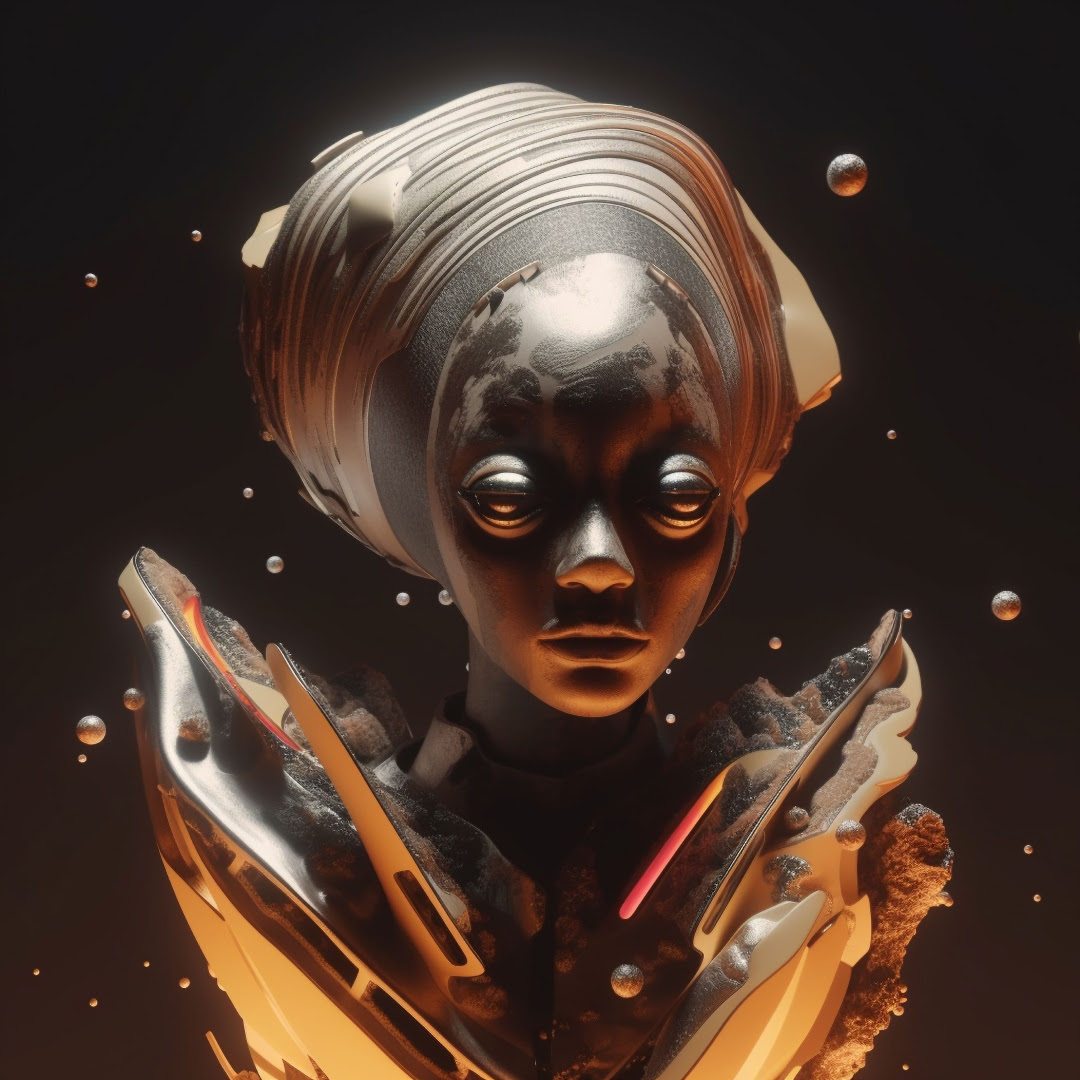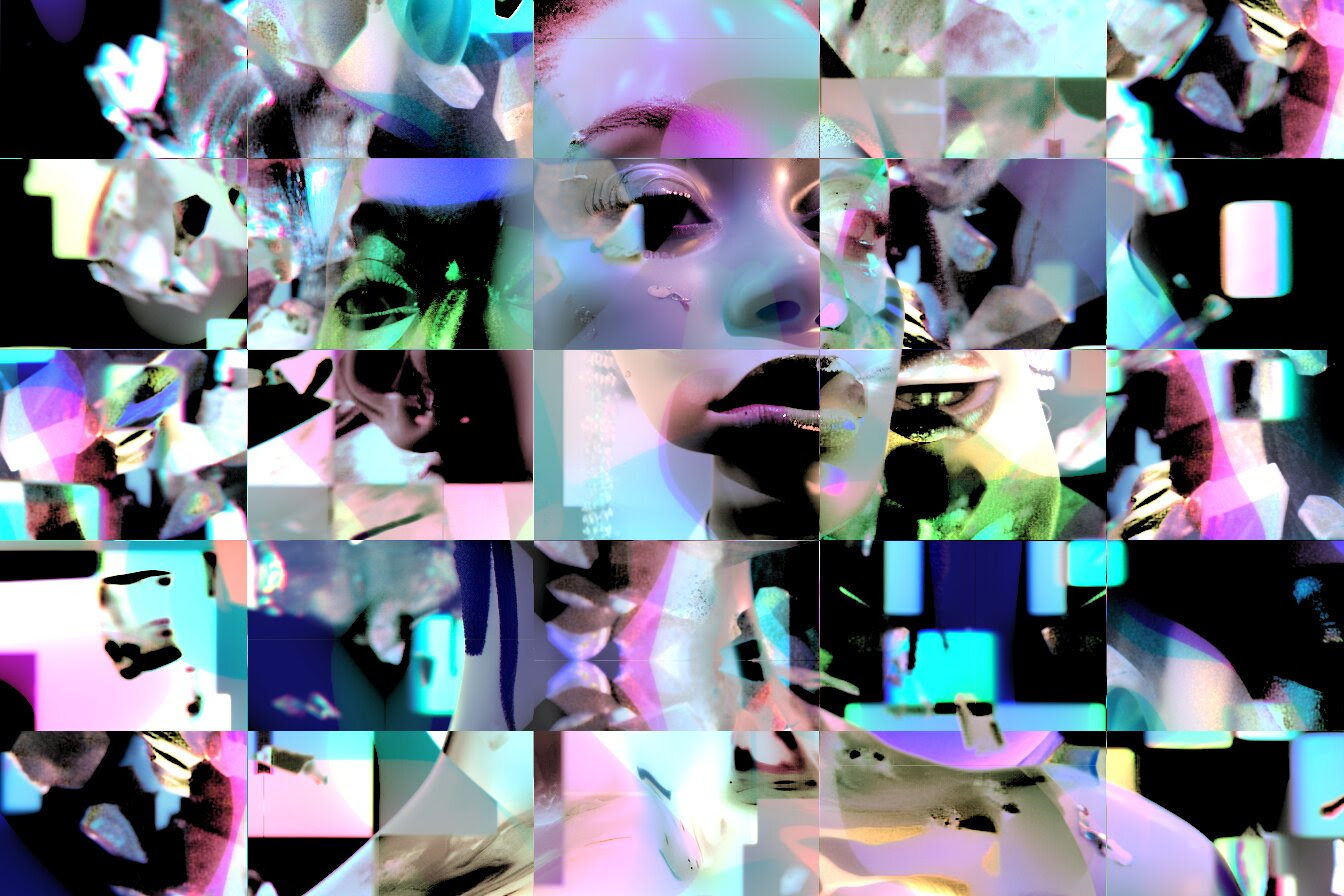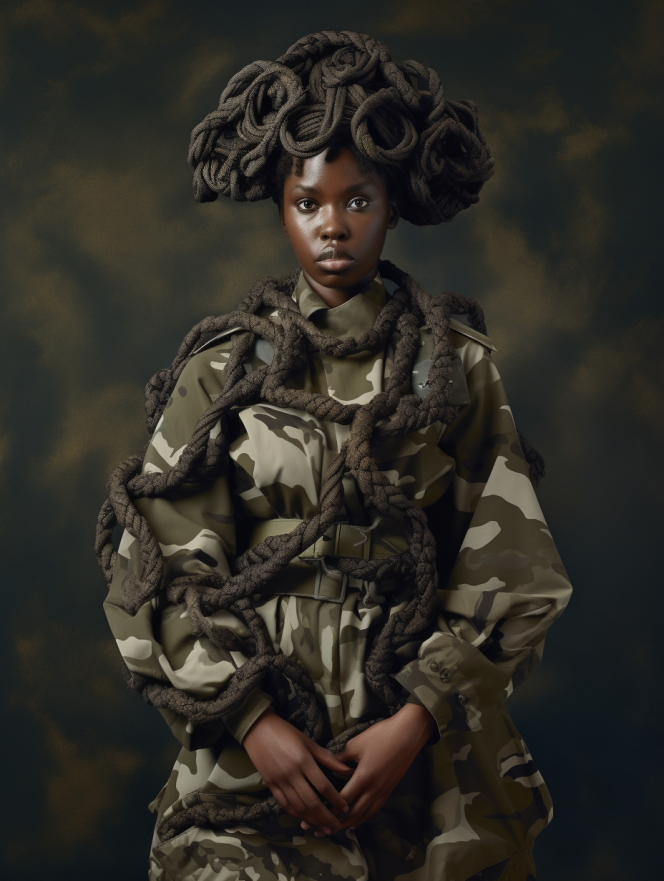NFT
Can artificial intelligence see people of color? Senegalese artist Linda Dounia Rebeiz explores this thought-provoking question in her upcoming online exhibition, IN/Visible, which opens this Monday on Feral File.
It features 10 black performers, including Dounia. The lineup features Jah., Serwah Attafuah, Adaeze Okaro, Minne Atairu, Linda Dounia, Zoe Osborne, Arclight, AFROSCOPE, Nygilia and Rayan Elnayal.
These artists share a common goal of shedding light on AI’s biases when it comes to representing people of color. “The biases of AI, the biases of the internet, and the biases inherent in Western art history combine to create an environment where people of color, including black people, feel absent or misrepresented by AI,” Dounia said. Decrypt.
A multidisciplinary artist, Dounia hit her first NFTs in 2021. Her work is inspired by her personal experiences as a woman growing up in Senegal, where she witnessed major transformations due to environmental changes and globalization.
Introducing In/Visible, a group show exploring the biases in AI curated by Linda Dounia Rebeiz
June 12, 2023
14:00 UTC pic.twitter.com/5sRsO1J6LR— Feral File (@FeralFile) May 25, 2023
Dounia uses AI in her work, collaborates with Generative Adversarial Networks (GANs) and trains them using her own collected data from her environment and artistic practice.
“If you enter a search term like ‘human’ into AI platforms like Dall-E or Midjourney, the results are skewed,” she said. “You are more likely to find images of white men. However, when you search for ‘black person’, the results generated by AI are often distorted, either in facial features or body proportions.”
Dounia explained that AI often relies on stereotypes in its representations. “It is clear from these results that AI does not fully understand black people, their origins or their context,” she said.
These issues are highlighted by the artworks on display in the exhibition. While Dounia blurs the entire face as a rejection of AI’s output, Arclight incorporates the distortions into their pieces, resulting in blurry and ill-defined images.
On the other hand, artists like Minne Atairu and Serwah Attafuah create aesthetically pleasing works with well-defined faces and lighting, but upon closer inspection, inconsistencies in the depiction of her become apparent.
Zoe Osborne uses filters to smooth out inconsistencies, giving her portraits a vintage look that captures her take on the fidelity of AI in representation. Jah takes a different approach, embracing the imperfections of AI and using it to create surreal characters inspired by African masks and ancient Egyptian clothing.

“The Idunnos, #45” by Jah
This activist approach is strongly advocated by Linda Dounia, who believes that these questions should be asked. “AI does not come about in an apolitical vacuum,” says Dounia. “It’s people who create the algorithms and interfaces, collect data and use it to train the algorithms. If these people aren’t aware of the problems, we can’t correct the bias.”
In addition, launching an NFT exhibit exploring these issues is also a way to spread a message within the Web3 ecosystem, often misrepresented as an apolitical space. “I was a bit apprehensive about the response when I started curating, but so far it has been well received,” says Dounia.

“Confetti, #7” by Nygilia
In addition, the artist emphasizes the importance of elevating and empowering black artists as they play a vital role in addressing this issue. “As more black artists begin to use the tool to provide contextual references, they are actively contributing data to address the flaws,” she explained, noting that this collective effort could lead to a more inclusive representation of cultural references in a democratic way.
For the first 24 hours after the exhibition opens at 14:00 UTC on June 12, collectors will have the option to purchase sets, including the 10 pieces of art displayed at the event, for 0.55 ETH per set.
After this limited period, individual artwork editions will be offered for sale for 0.055 ETH per edition.














